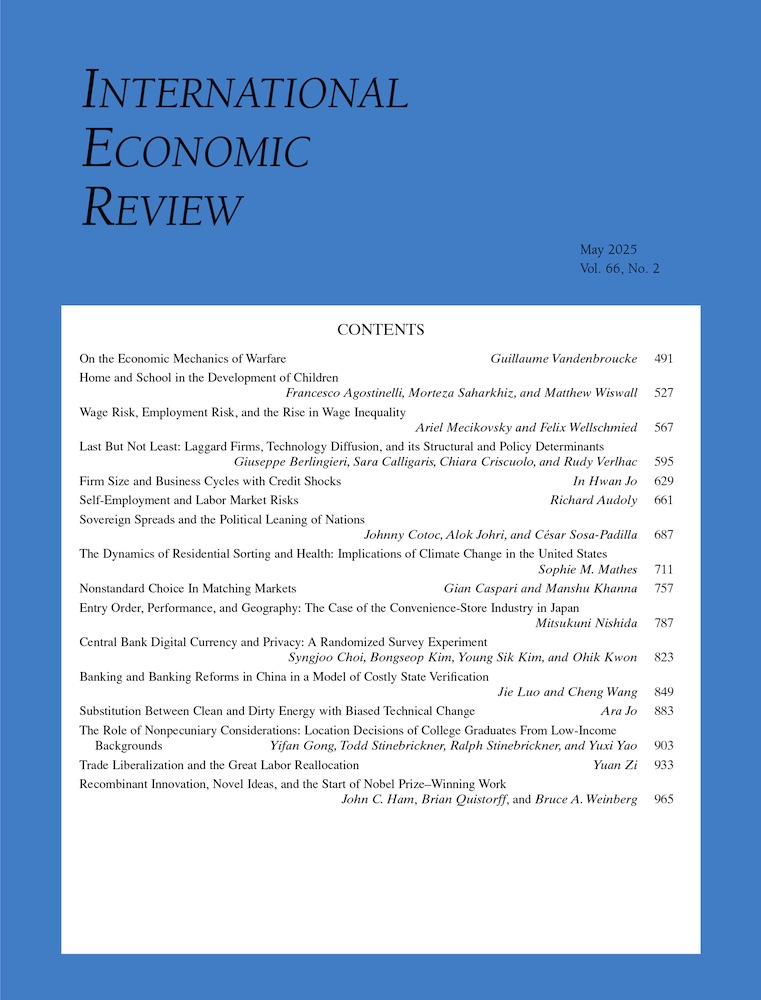Search, Money, and Prices
Abstract
It is well known that models in which money is used as a medium of exchange to lubricate trading, frictions display multiplicity of equilibria. I show that the amount of activity varies as the value of money differs across these equilibria when production opportunities involve random fixed costs. When money has high value, trade is more profitable; therefore, there will be more agents engaged in trade relative to equilibria in which money has lower value. The higher-activity equilibria display higher production not only because more is produced and exchanged per transaction but also because more transactions occur per period. This Diamond-style result is obtained without increasing returns in the matching technology.




